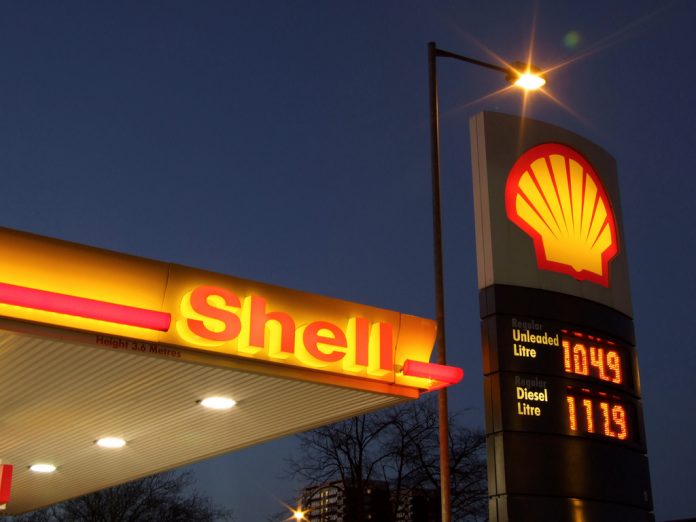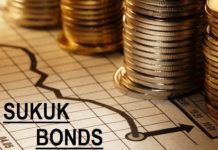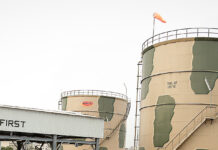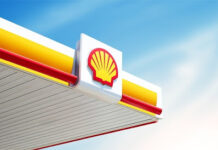
LONDON: Royal Dutch Shell launched a long-anticipated $25 billion share buyback programme on Thursday as its debt eased while second-quarter profits came in far below forecasts.
The share repurchase programme promised following the $54 acquisition of BG Group in 2016, is the clearest signal yet that the world’s second-largest oil company has recovered from a bruising three-year downturn in the energy sector.
“Today we are taking another important step towards the delivery of our world-class investment case, with the launch of a $25 billion share buyback programme,” Chief Executive Ben van Beurden said in a statement.
Shell will start buying up to $2 billion of A or B shares every three months, it said. It plans to repurchase at least $25 billion in the period 2018-2020, subject to further progress with debt reduction and oil price conditions, it said.
The move comes as Shell’s debt burden slightly eased in the quarter.
Its debt ratio versus company capitalization, known as gearing, declined to 23.6 percent from a peak of 29.2 percent in the third quarter of 2016 and from 24.7 percent in the first quarter.
Shell’s debt pile nevertheless remained stubbornly at $66 billion, little changed over the past five quarters.
The Anglo-Dutch company sharply reduced spending cut thousands of jobs and sold nearly $30 billion of assets in the wake of the 2014 oil market downturn.
In a sign of confidence that it can maintain around $15 billion in annual dividend payments, Shell scrapped in the fourth quarter of 2017 scrip dividend, an austerity policy through which investors can opt to receive dividends in shares or cash.
WEAK PROFITS
Investor anticipation of the share buyback programme increased steadily in recent quarters as profits and cash generation rose with the recovery in oil prices and following aggressive cost cuts in the wake of the 2014 downturn.
Shell’s second-quarter profit however sharply fell short of expectations.
Net income attributable to shareholders in the quarter, based on a current cost of supplies (CCS) and excluding identified items, rose 30 percent to $4.691 billion from a year ago. That compared with a company-provided analysts’ consensus of $5.967 billion.
The drop-in profits came mostly from Shell’s refining, trading and marketing division, also known as downstream, as a result of lower trading results, higher costs and currency exchange.
Shell’s London-listed shares slipped 0.7 percent in initial London trading.
Oil and gas production in the quarter declined to 3.442 million barrels of oil equivalent (boed) from 3.839 million boed in the first quarter of 2018.






















